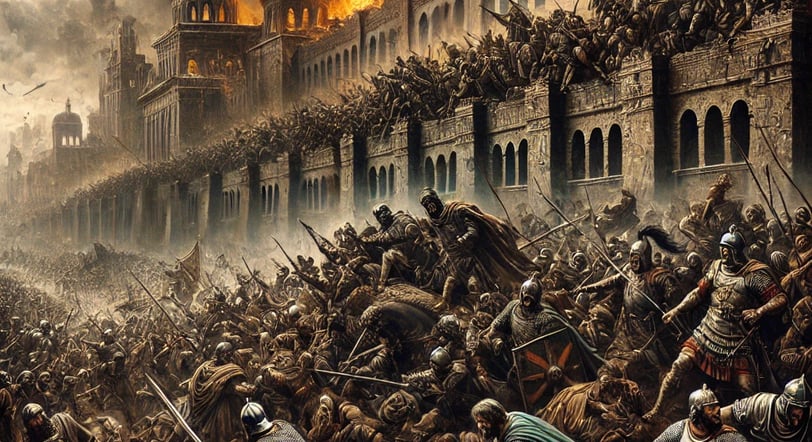"Who Was Augustus Caesar? First Roman Emperor’s Rise, Reign & Legacy
"Discover who Augustus Caesar was—Rome’s first emperor and architect of the Pax Romana. Explore his rise to power, reforms, controversies, and legacy.


Introduction
Augustus, born Gaius Octavius Thurinus, transformed the Roman Republic into an empire and ruled as its first emperor. His reign marked the dawn of the Pax Romana, a 200-year era of peace and prosperity. But who was Augustus, and how did he reshape Rome? This blog unpacks his life, achievements, and enduring influence, blending historical accuracy with keyword-rich insights.
1. Early Life and Rise to Power: From Octavian to Augustus
Born in 63 BCE, Augustus was the grandnephew and adopted heir of Julius Caesar. After Caesar’s assassination in 44 BCE, the 18-year-old Octavian allied with Mark Antony and Marcus Lepidus to form the Second Triumvirate, avenging Caesar’s killers in the Battle of Philippi (42 BCE).
Key Turning Points:
Defeating Mark Antony: Octavian defeated Antony and Cleopatra at the Battle of Actium (31 BCE), ending civil wars.
Senate’s Decree: In 27 BCE, the Senate granted him the title Augustus (“revered one”), marking the Republic’s end and Empire’s birth.
2. Augustus as Emperor: Reforms and Governance
Augustus ruled as Princeps (“first citizen”), balancing autocratic power with Republican traditions:
Political Reforms:
Provincial Administration: Divided provinces into senatorial and imperial territories for efficient governance.
Professional Army: Created a standing army loyal to the emperor, not generals.
Social and Cultural Reforms:
Moral Legislation: Encouraged marriage, childbearing, and traditional Roman values.
Urban Renewal: “Found Rome brick, left it marble”—built forums, temples, and the Ara Pacis (“Altar of Peace”).
Economic Policies:
Standardized currency and tax systems to stabilize the economy.
3. The Pax Romana: Augustus’ Golden Age
The Pax Romana (27 BCE–180 CE) began under Augustus, enabling:
Trade Expansion: Safe roads (e.g., Via Appia) and sea routes boosted commerce.
Cultural Flourishing: Writers like Virgil (Aeneid) and Horace celebrated Roman ideals.
Infrastructure: Aqueducts (e.g., Aqua Julia) and public buildings improved urban life.
4. Augustus’ Legacy: The Architect of Imperial Rome
Imperial System: Established a template for future emperors.
Border Security: Expanded and fortified frontiers (e.g., Rhine-Danube).
Succession Planning: Adopted Tiberius as heir, ensuring stability.
Death and Deification:
Augustus died in 14 CE at age 75. The Senate declared him a god, cementing his divine status in Roman culture.
5. Debates and Controversies
Power Consolidation: Critics argue he undermined democracy by dismantling the Republic.
Moral Hypocrisy: While promoting family values, he exiled his daughter Julia for scandalous behavior.
Military Aggression: Expanded borders through wars in Germania and Hispania.
6. FAQs About Augustus
Q1: How long did Augustus rule Rome?
A: 41 years (27 BCE–14 CE), the longest reign in Roman imperial history.
Q2: What was Augustus’ real name?
A: Born Gaius Octavius, later Gaius Julius Caesar Octavianus after adoption.
Q3: How did Augustus die?
A: Natural causes, possibly linked to illness, in Nola, Italy.
Conclusion
Augustus was a master strategist, reformer, and propagandist who redefined Rome. From avenging Caesar to founding an empire, his legacy as a ruler who brought stability and grandeur endures in history. Understanding who Augustus was reveals how one man’s vision shaped the ancient world.
Call to Action: Share this blog to spread knowledge about Rome’s first emperor!